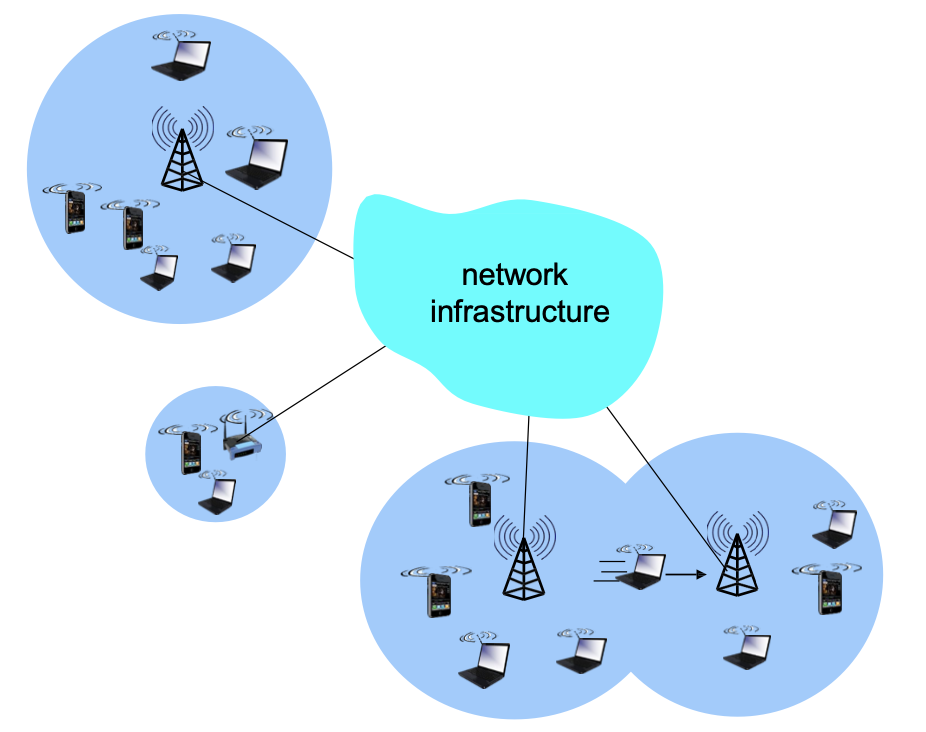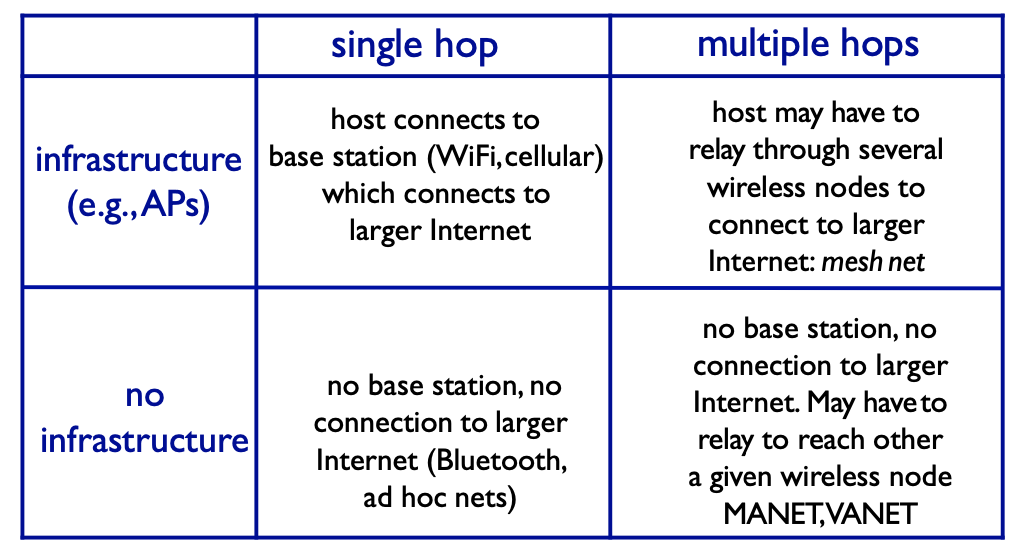Wireless Network
Wireless networking refers to the transmission of data between devices without the use of wires or physical connections. It utilizes radio waves or infrared signals to communicate and is a crucial component of many modern communications systems, ranging from household internet setups to expansive business networks. Here’s a detailed look at how wireless networks operate, their types, and their common uses:
How Wireless Networks Operate
- Transmission Media: Wireless networks transmit data using electromagnetic waves, typically radio frequencies. Common bands include 2.4 GHz and 5 GHz, which are used for many types of Wi-Fi.
- Components:
- Transmitter and Receiver: Devices must have wireless capabilities, either built-in or added via an external device like a wireless adapter.
- Wireless Access Point (AP): Acts as a bridge between the wireless clients and the wired network. In home networks, this is typically a wireless router.
- Antennas: Help in the propagation of the wireless signals. They can be omnidirectional (spreading the signal in all directions) or directional (focusing the signal in a specific direction).
- Protocols: Wireless networks use various protocols to define the communication rules. The most common is IEEE 802.11, known as Wi-Fi, which includes several standards like 802.11a, 802.11b, 802.11g, 802.11n, and 802.11ac, each offering different speeds and operating at different frequencies.
Types of Wireless Networks:
- WPAN
- WLAN
- WMN
- WWMAN
Elements of a wireless network

- wireless hosts
- base station
- wireless link
- infrastructure mode
- ad hoc mode
- no base stations
- nodes can only transmit to other nodes within link coverage
- nodes organize themselves into a network: route among themselves
Wireless network taxonomy
